Military Antenna Market Summary
As per MRFR analysis, the Military Antenna Market Size was estimated at 4.7 USD Billion in 2024. The Military Antenna industry is projected to grow from 4.904 USD Billion in 2025 to 7.5 USD Billion by 2035, exhibiting a compound annual growth rate (CAGR) of 4.34 during the forecast period 2025 - 2035.
Key Market Trends & Highlights
The Military Antenna Market is experiencing robust growth driven by technological advancements and increasing defense budgets.
- North America remains the largest market for military antennas, driven by substantial defense spending and technological innovation.
- The Asia-Pacific region is emerging as the fastest-growing market, reflecting a surge in military modernization efforts and regional security concerns.
- Microstrip antennas dominate the market due to their compact design and versatility, while phased array antennas are witnessing rapid growth owing to their advanced capabilities.
- Technological advancements in communication and increased defense budgets are key drivers propelling the military antenna market forward.
Market Size & Forecast
| 2024 Market Size | 4.7 (USD Billion) |
| 2035 Market Size | 7.5 (USD Billion) |
| CAGR (2025 - 2035) | 4.34% |
Major Players
Harris Corporation (US), Northrop Grumman (US), Raytheon Technologies (US), Thales Group (FR), Leonardo S.p.A. (IT), L3Harris Technologies (US), General Dynamics (US), BAE Systems (GB), Rohde & Schwarz (DE)
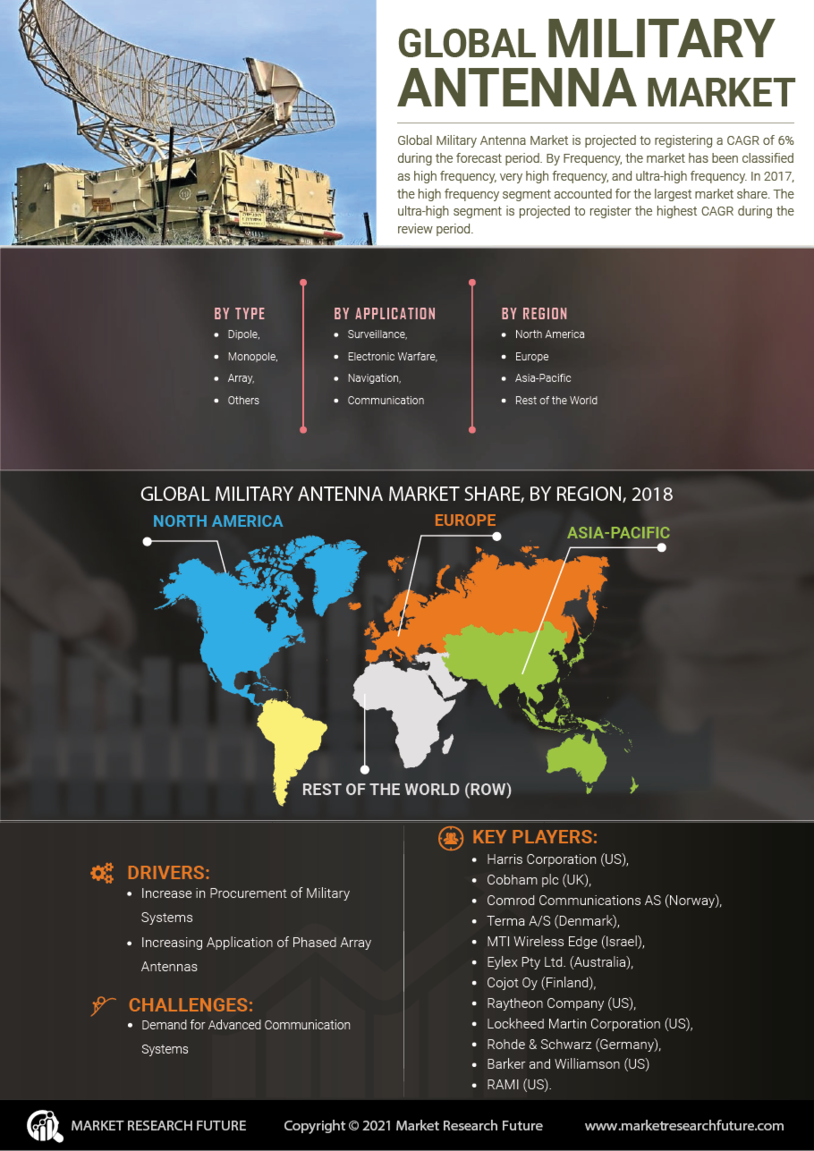


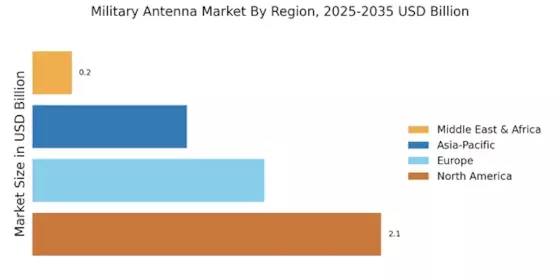

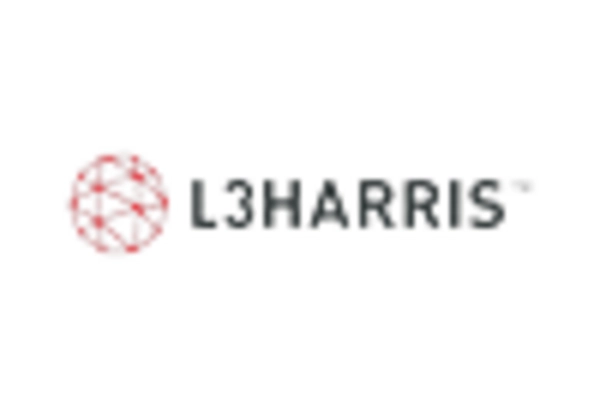
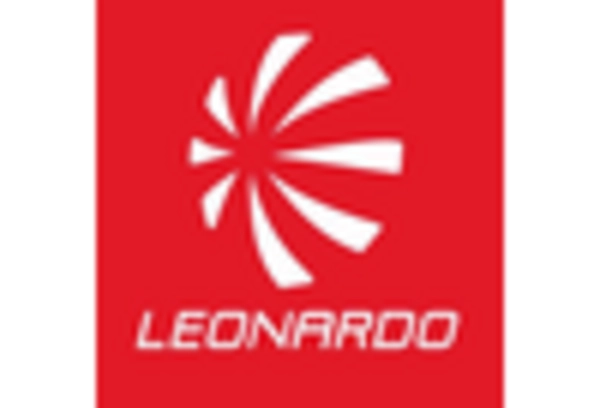

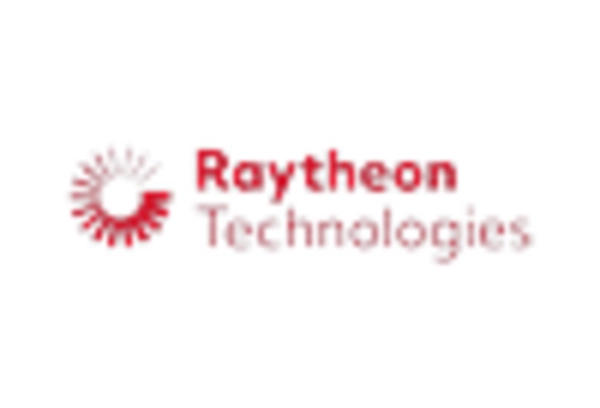









Leave a Comment